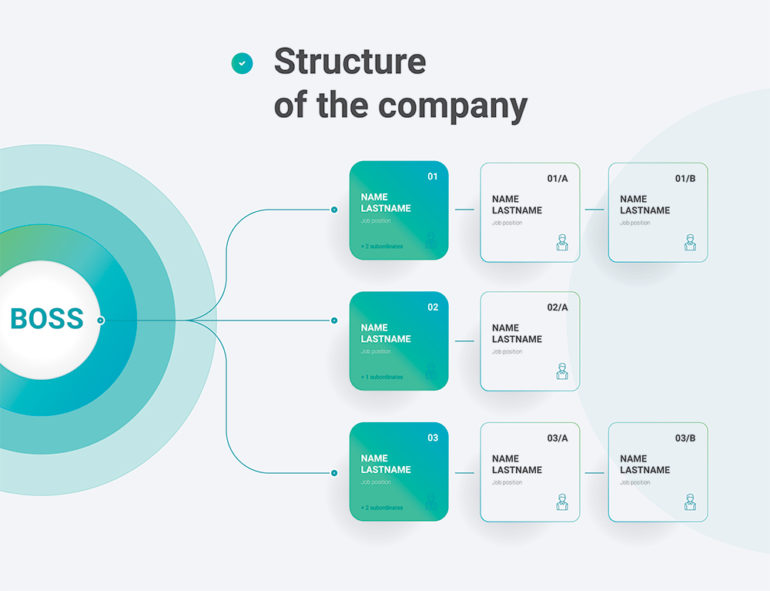Complex data can be simplified when presented as a diagram. It takes up less room on the page or on-screen. It can also reveal hidden trends that might not be obvious from a table of figures. In addition, diagrams may show relationships between different sets of figures which, again, might not be obvious when scanning the data.
Diagrams are a universally accepted way of presenting complex data. Most science and business fields use diagrams to present data. It’s the easiest way to get complex information across to an audience.
The media loves to use diagrams because aside from the fact they make complex data easier to understand, they also look more attractive on the screen or the pages of a magazine. Our eyes are naturally drawn to images rather than text. A large, colorful diagram illustrating some complex data within an article will catch the eye whereas the reader would undoubtedly skip over a page of dense figures without reading the text unless they were extremely interested in the topic.
Table of Contents
The Disadvantages of Using Diagrams to Present Complex Data
While there are clear advantages of using diagrams to present complex data, it is important to be aware of the disadvantages too.
Diagrams simplify complex data, but there is a danger that they simplify the data too much. For example, if a media site wants to present data from the aforementioned example of migration patterns across EU member countries over 10 years, it’s clear that diagrams are very useful to the average reader, who would struggle to make sense of such complex data. But if this data is part of a research study being presented to fellow academics and researchers, simple diagrams are more limited. Experts may draw inferences from diagrams, but they will still want to see the raw data to grasp the exact nature of migration trends.

